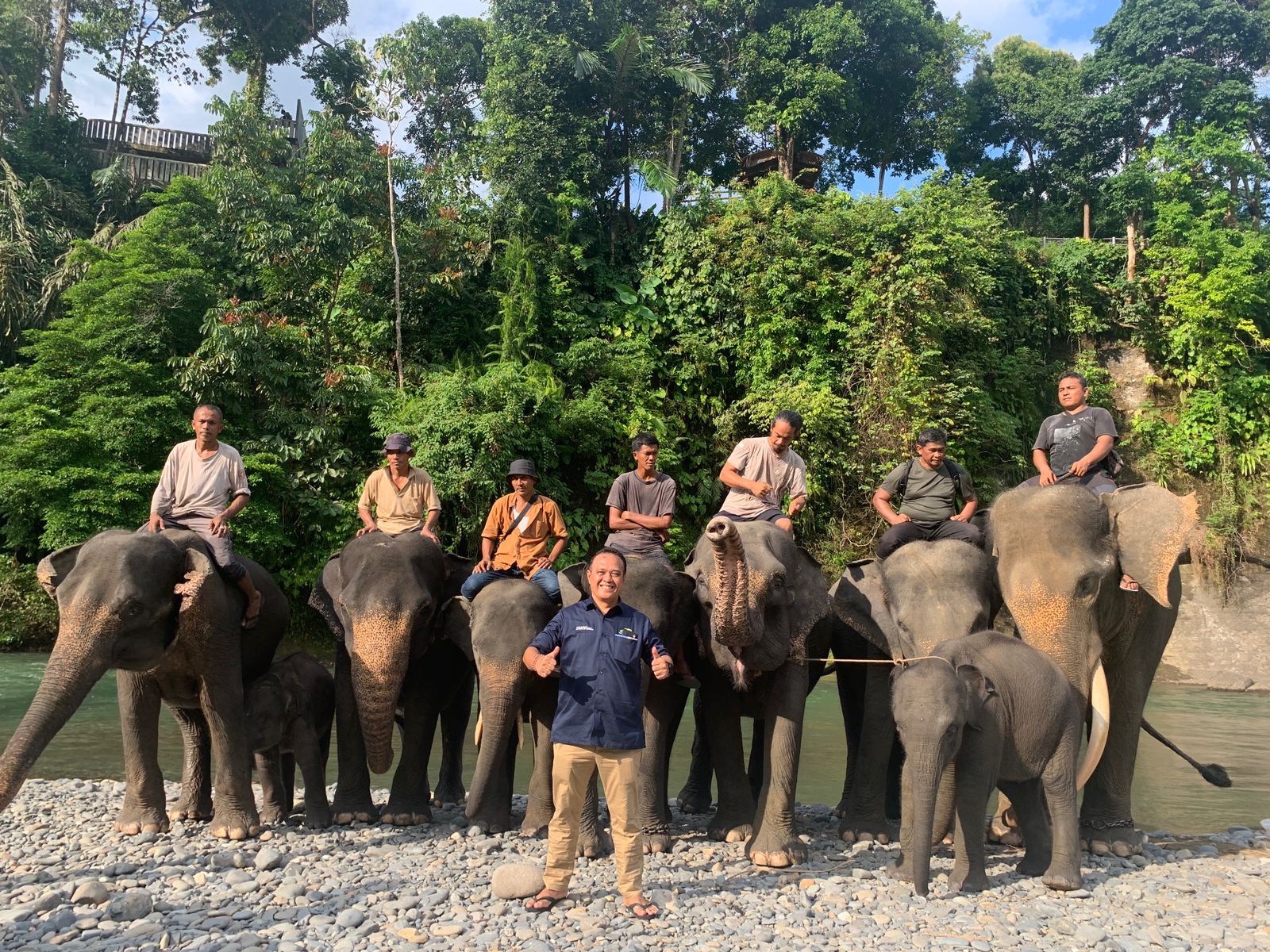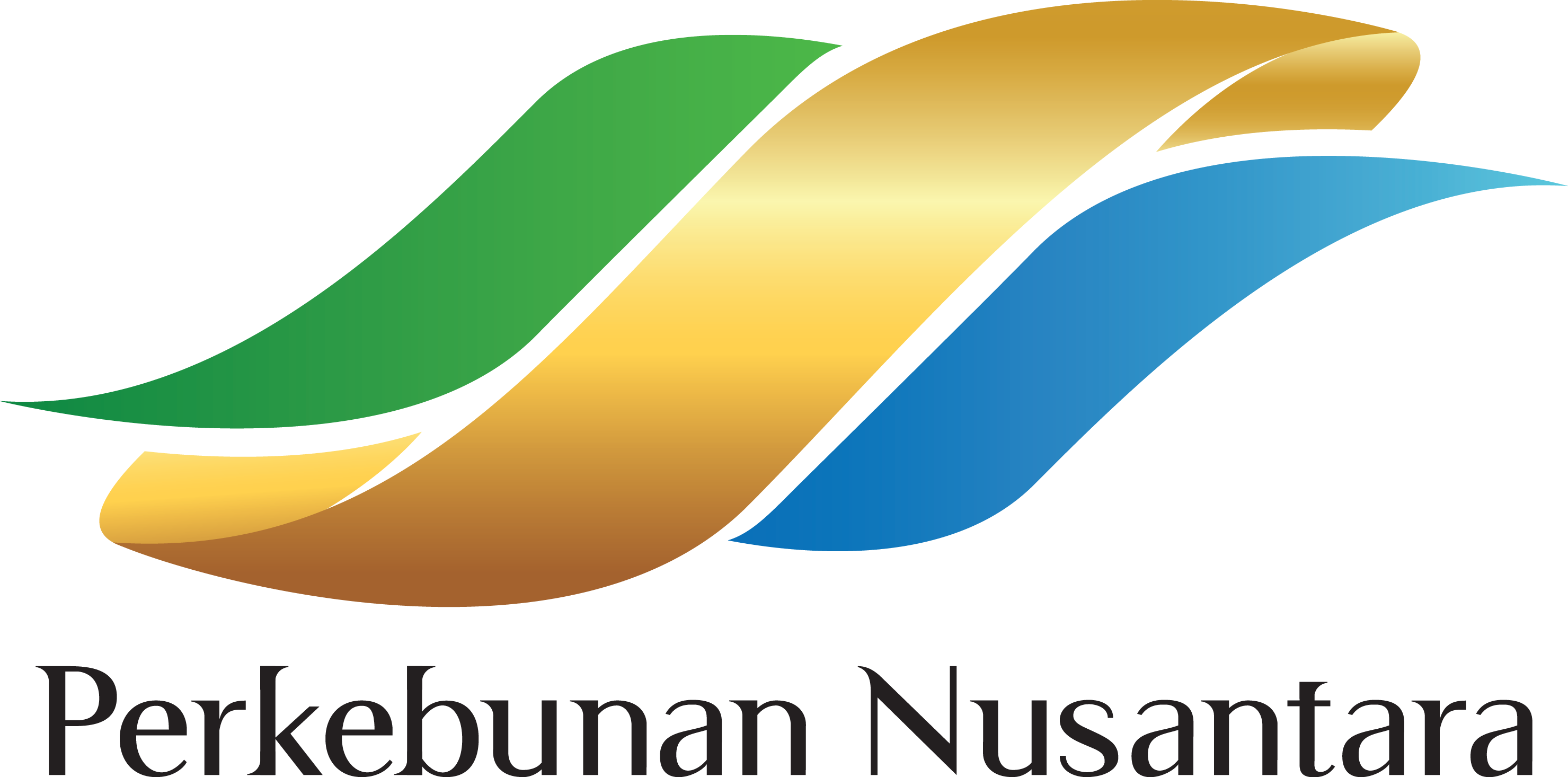Biodiversity & Conservation
Biodiversity & Conservation

PTPN makes various efforts to preserve biodiversity, particularly for ecosystem habitats and flora and fauna in and around of its areas of operations. Strengthening the Company’s foundation, the Company has also implemented a Sustainability Policy, Environmental Policy, and NDPE Policy, where PTPN is committed to zero deforestation in accordance with the Regulation of the Minister of Agriculture No. 5 of 2018 concerning the Zero Burning Plantation Land Clearing and Processing. 56% of the Company’s overall palm oil plantation areas or 60% of the plantation units and 80% of the palm oil plantation units are RSPO certified, where the Company complies with, among others, the anti-deforestation principle. As part of its compliance, the Company has performed the following:
- Actively participating in initiatives including RSPO training and plasma (independent smallholders) socialization.
- Implementing traceability to mills and plantations as well as suppliers
- Implementing a mechanism for incident investigation and corrective action if any deforestation case is found
- In the land clearing mechanism, the Company refers to RSPO principles & criteria including the preparation of LURI (Land Use & Risk Identification) documents that are reviewed and approved by the certification agency, and informs RSPO in writing 1 year prior to the implementation of new land clearing
Not only that, but PTPN is actively engaged in conservation initiatives. The Company has assessed lands deemed to have High Conservation Value (HCV) and High Carbon Stock (HCS) utilizing the High Carbon Value – High Carbon Stock Approach for any new development, as well as safeguarding HCV and HCS forest biodiversity within them, in compliance with the RSPO Protocol and Criteria.
As of December 31, 2022, the HCV conservation area designated by the Company as the focus of biodiversity protection amounted to 30,758 hectares. The HCV areas have been demarcated with HCV signs. The conservation areas contain a diversity of flora and fauna, including RTE (Rare, Threatened, or Endangered) species including Agarwood, Yellow Meranti, Elephant, Tiger, Orangutan, etc. The Company keeps records of species listed according to the IUCN red list and the Convention on International Trade of Endangered Species (CITES) list.
The Company monitors the condition of HCV regions on a regular basis, protects riverbanks by not using chemicals in plant maintenance, and conducts regular HCV outreach, as detailed in the Company’s SOP for HCV Management and Monitoring. Among the initiatives implemented by the Company are as follows:
- Systematic evaluation of local biodiversity concerns outside of the Company’s business activities, as well as biodiversity mitigation based on best practices in the HCV-HCS, SIA, LUCA, and LURI Assessment reports for each of the Company’s organization.
- The conservation team (experts and assistant experts) led biodiversity monitoring, which was supported by peer review to reinforce the final HCV identification report.
- Planting trees within PTPN’s plantation area to increase carbon stocks that can benefit biodiversity in the plantation area or PTPN’s HCV.
- Conducting discussions and approaches by engaging stakeholders such as local government leaders and officials, non-governmental organizations, and other parties deemed competent to cooperate from the social impact assessment study stage in PTPN’s HCV areas to the implementation of HCV management and monitoring.
- In accordance with Rainforest Alliance parameters, maintaining pesticide non-application zones or vegetative buffers associated with all areas of human activity, or aquatic and terrestrial natural ecosystems.


